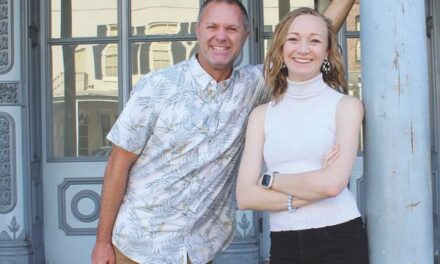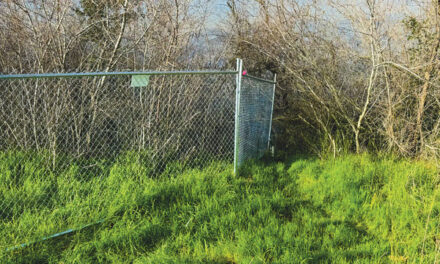Exercise Caution
Yoga studios need rules as business returns
By Amira Sweilem
May 2021
Julie Havelock, owner of Purely Hot Yoga, reopened her studio in response to demand. Despite COVID-19 closures, some of her clients pleaded with the business to unlock its doors.
“People were offering to pay double—of course I didn’t take it—but people desperately wanted to come back for their mental health, for their physical health,” Havelock says. “I said, why not! We have very strict protocols and people are following them.”

Havelock established a set of health-minded rules to make people feel and stay safe. When guests enter Purely Hot Yoga, they are told how the facility is regularly disinfected. An air purifier is always running. Masks must be worn except when clients work out on their mats.
Personal health and wellness maintenance should have been easy despite the pandemic. Many fitness studios moved to virtual operations. Viewers could find more than 30 million YouTube exercise videos to follow at home.
But as months of isolation dragged on, accessibility to workout videos became only part of the fitness solution. Online options couldn’t deliver an essential ingredient to maintaining our physical and mental health—a sense of community.
In response to customer demand, the decision to reopen yoga studios created an oasis of community participation amid the isolation of YouTube and Zoom. But it also raised questions and presented challenges to operators such as Havelock.
Even now, as virus vaccinations are delivered across the region, in-person yoga carries risks. In recent months, at least two COVID-19 Northern California outbreaks were traced to in-person fitness classes. A lack of ventilation and participants without masks were responsible for the outbreaks, authorities determined.
But isolation and inactivity also bring risk. Since the pandemic began, law enforcement and mental health crisis lines have logged higher call volumes. In response, Sacramento County granted $10 million in emergency funds to mental health organizations.
Sacramento State University made counseling services free and virtual to students.
The county published tips on how to manage stress. The guidelines cited exercise as a method to manage stress, and acknowledged the importance of community.
“Human connection is one of the most critical protective factors for good mental health,” the county’s Behavioral Health Services notes.
At her yoga studio, Havelock is confident the new rules and protocols can minimize any threat of spreading the virus.
“We’ve changed some behaviors,” she says. “All deep mouth exhales are gone. People are 6 feet apart. And we have the ventilation running. As soon as they get off the mat, masks are back on. Students don’t have a chance to mingle. We are following the science of how the disease spreads.”
Another local studio reopened and gave members more options when it came to procedures. Wearing masks in the yoga room was optional. Recent visits found about half of the customers elected to exercise without their faces covered. The yoga room was heated. The doors were closed. After the flow was over, some clients walked around without masks.
With our mental and physical health at risk during this unprecedented time, it’s important and inevitable that businesses such as yoga studios reopen. But how do we balance our mental and physical safety against the dangers of a deadly airborne virus? How do fitness spaces reopen safely and responsibly?
Here’s what the community should have learned from recent local outbreaks at yoga studios: Temperature checks, masks and ventilation systems are important to ensuring customer safety. As consumers, we need to hold each other accountable and ensure businesses and fellow customers follow the best safety practices.
Amira Sweilem is a local high school teacher. She can be reached at amirasweilem@gmail.com.
















